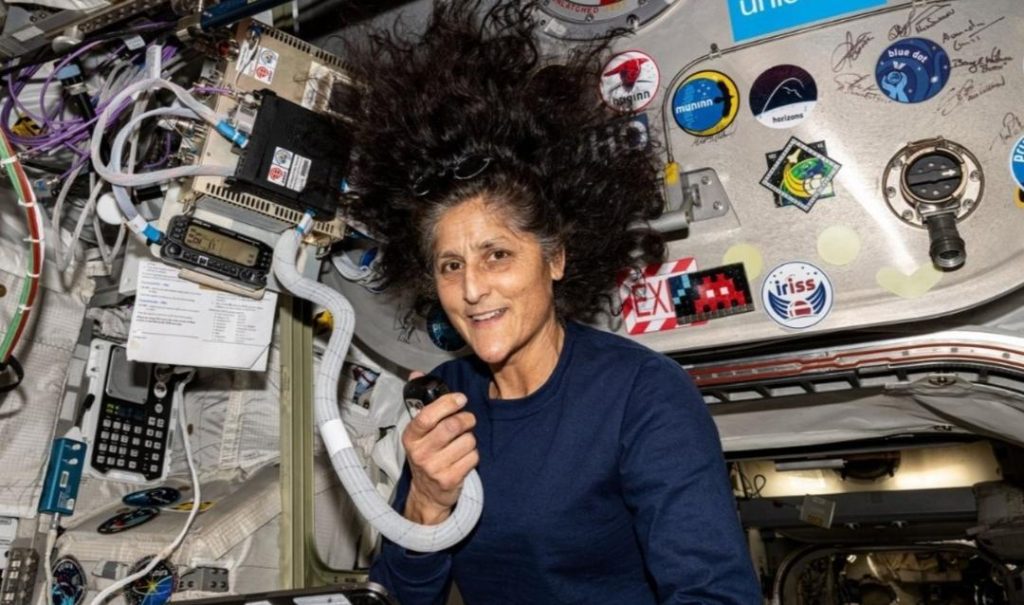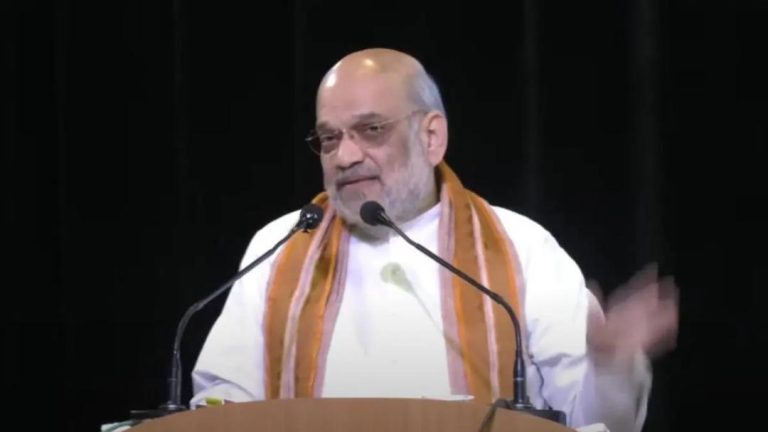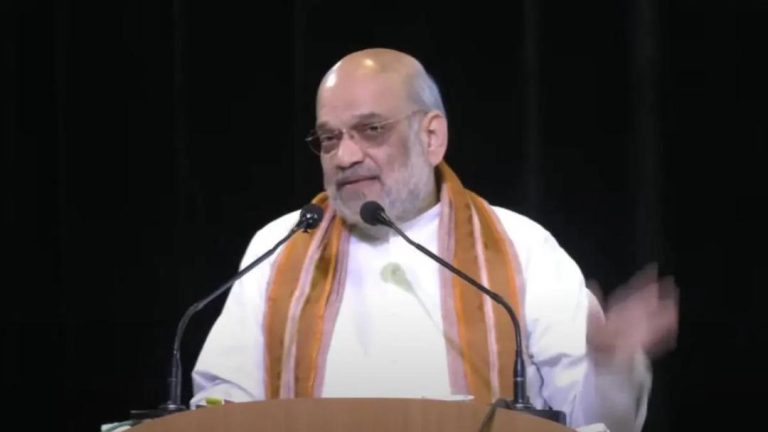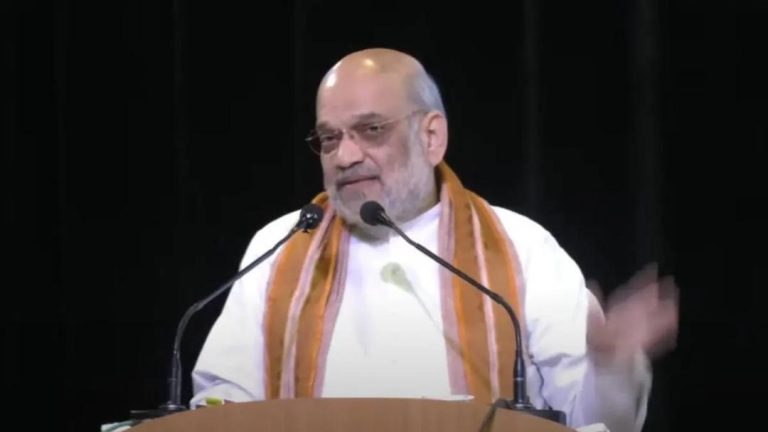
What Scientific Milestones were Achieved by Williams & her Team?
The International Space Station (ISS) has been a hub of scientific activity for decades, with numerous experiments and studies conducted by astronauts and cosmonauts from around the world. One such crew was led by Sunita Williams, a NASA astronaut, along with her colleagues Nick Hague, Butch Wilmore, and cosmonaut Aleksandr Gorbunov. In a recent report, NASA listed the scientific milestones achieved by this crew, which was stationed on the ISS for several months.
The crew’s primary focus was on several plant-related studies, which aimed to understand the effects of microgravity on plant growth and development. These studies are crucial for future long-duration space missions, where astronauts will need to grow their own food to sustain themselves. The crew also conducted experiments to develop new and sustainable methods for growing crops in space.
But the crew’s scientific endeavors didn’t stop there. Butch Wilmore, one of the astronauts on the crew, spent thousands of hours capturing stunning images of Earth from space. These images provided valuable data for monitoring urban growth, climate change, and natural disasters. Wilmore’s photographs also helped scientists to better understand the impact of human activities on the environment.
One of the most significant achievements of the crew was the testing of 3D printing technology for implantable medical devices in microgravity. This experiment aimed to develop new and innovative ways to create medical devices, such as artificial joints and dental implants, that could be used in space or on Earth. The success of this experiment has far-reaching implications for the medical field, where 3D printing technology is already being used to create customized implants and prosthetics.
The crew also conducted several experiments to improve our understanding of the effects of space travel on the human body. One such experiment, called the “Vessel Analysis by Computer-Electron microscopy and Tomography” (VACT), aimed to study the effects of microgravity on the human cardiovascular system. This experiment used advanced imaging techniques to analyze the blood vessels of the astronauts and gain insights into how microgravity affects their cardiovascular health.
Another important experiment conducted by the crew was the “Fire Safety Experiment” (FSE), which aimed to study the behavior of fires in microgravity. This experiment was crucial for understanding how fires would behave in space, where the lack of gravity and air flow can make them difficult to extinguish. The results of the FSE will help NASA to develop more effective fire safety protocols for future space missions.
The crew’s achievements didn’t go unnoticed, with NASA highlighting their success in several areas. “The crew’s scientific milestones are a testament to the incredible work being done on the International Space Station,” said NASA Administrator Jim Bridenstine. “Their research is paving the way for future human missions to the Moon and beyond.”
In conclusion, the scientific milestones achieved by Sunita Williams and her team on the ISS are a testament to the incredible work being done in space. From plant-related studies to 3D printing of implantable medical devices, the crew’s research has far-reaching implications for the scientific community. As NASA continues to push the boundaries of space exploration, the achievements of this crew will serve as a reminder of the incredible progress that is being made.






